
| Specification | Details | Specification | Details |
|---|---|---|---|
| Display Size | 15-22 inches, touchscreen, adjustable brightness | Processor | Intel Core i3/i5/i7, ARM-based, or equivalent |
| Memory (RAM) | 4GB - 16GB, DDR4 | Storage | 64GB - 512GB SSD, optional external storage |
| Operating System | Windows, Android, iOS, or proprietary POS software | Barcode Scanner | 1D/2D barcode support, laser or imaging technology |
| Receipt Printer | Thermal or impact printer, 80mm paper width, auto-cutter | Payment Terminal | EMV-compliant, NFC/contactless payments, magnetic stripe, chip, and PIN support |
| Cash Drawer | 4-5 bill compartments, 5-8 coin slots, steel construction, lockable | Customer Display | 7-15 inches, LED or LCD, optional touchscreen |
| Connectivity | Wi-Fi, Ethernet, Bluetooth, USB ports, optional 4G/5G support | Peripheral Integration | Compatible with scales, kitchen printers, customer displays, and other accessories |
| Power Supply | 100-240V AC, Uninterruptible Power Supply (UPS) optional | Dimensions | Varies by model, typically 12-18 inches width, 10-15 inches height, 10-14 inches depth |
| Weight | 8-15 lbs depending on configuration | Security Features | Biometric login, encrypted payment processing, role-based access control |
A POS cash register is created through a meticulous process involving both hardware and software development. The hardware components, such as the touchscreen display, barcode scanner, receipt printer, and cash drawer, are designed and manufactured by specialized companies. These components are assembled into a durable, user-friendly unit that can withstand the rigors of daily use in retail environments. Simultaneously, the software is developed to manage sales transactions, inventory, and customer data, integrating with various payment systems for seamless processing. The software is typically customizable to meet the specific needs of different businesses. After assembly, the POS cash register undergoes rigorous testing to ensure all components function correctly and the system is reliable. Finally, the units are packaged and shipped to retailers, where they are installed and configured to suit the business's operational requirements. The result is a comprehensive system that streamlines the checkout process, improves accuracy, and provides valuable data insights to enhance business operations.
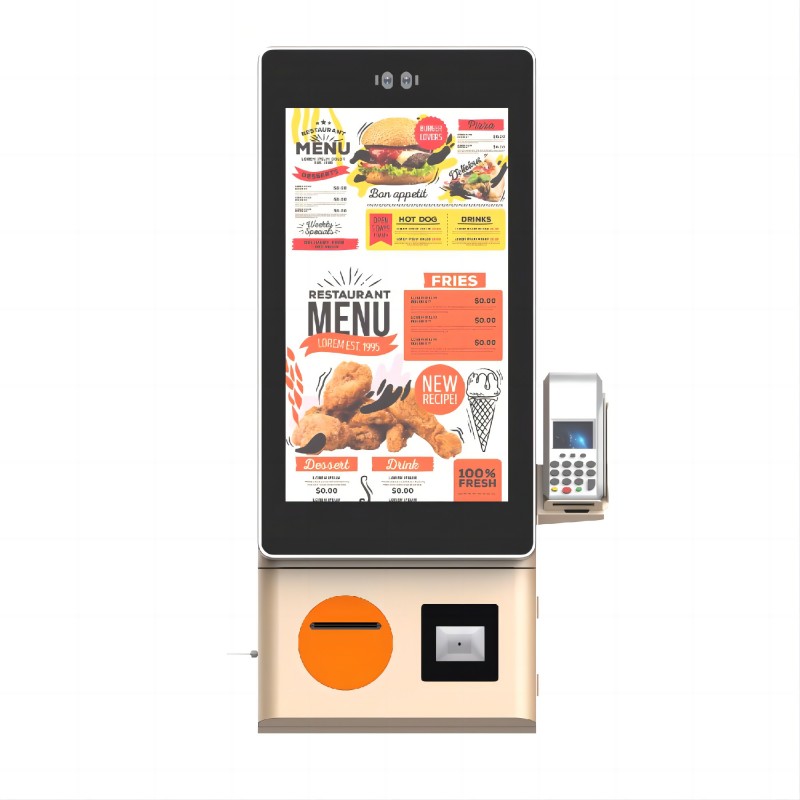
Log In to the System: Begin by logging into the POS system using your credentials, such as a password or an employee ID, to access the register's functions.
Scan Items: Use the barcode scanner to scan the items being purchased. Each scan will automatically enter the item details and price into the system.
Apply Discounts or Adjustments: If applicable, apply any discounts, promotions, or price adjustments through the POS interface before finalizing the transaction.
Select Payment Method: After all items are scanned, choose the payment method (cash, credit/debit card, mobile payment) on the touchscreen. Follow the prompts to process the payment.
Process the Payment: For card payments, have the customer insert or swipe their card on the card reader. For cash payments, input the amount received, and the POS will calculate any change due.
Print Receipt and Finalize: Once the payment is processed, the receipt printer will generate a receipt. Hand the receipt to the customer, and the POS will return to the main screen, ready for the next transaction.
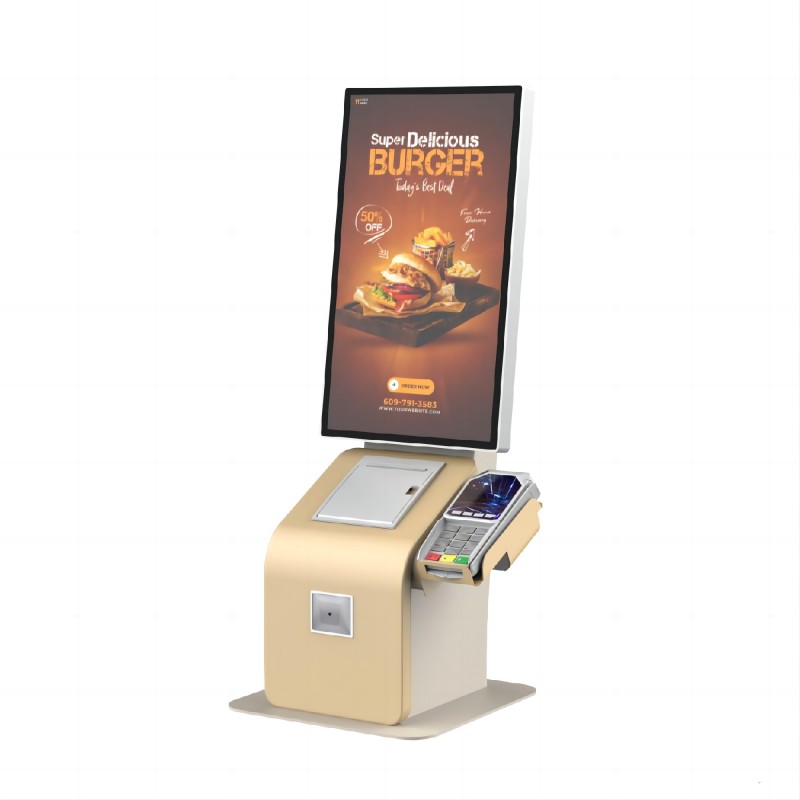
Retail Stores: Manages sales transactions, tracks inventory, and processes various payment methods, including cash, credit/debit cards, and mobile payments.
Restaurants and Cafes: Facilitates order taking, splits bills, manages table assignments, and integrates with kitchen display systems for streamlined service.
Grocery Stores: Handles quick scanning of multiple items, supports weight-based pricing, manages promotions, and provides loyalty program integration.
Hotels and Hospitality: Manages check-ins, room service orders, and integrates with property management systems to handle guest payments and billing.
Event Venues: Processes ticket sales, manages merchandise transactions, and handles concessions, all while integrating with inventory systems.
Pharmacies: Tracks prescriptions, handles over-the-counter sales, manages insurance processing, and ensures accurate inventory management for regulated products.
Salons and Spas: Manages appointments, processes service payments, tracks product sales, and integrates customer relationship management (CRM) for personalized service.
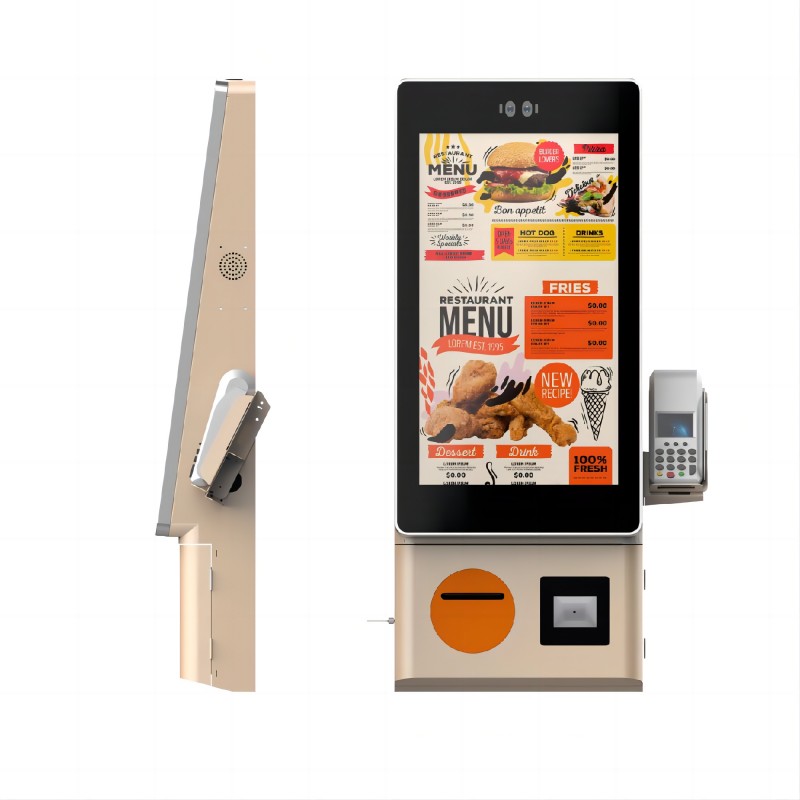
Improved Transaction Accuracy: Automates the sales process, reducing errors in pricing, inventory tracking, and payment handling, leading to more accurate transactions.
Enhanced Customer Experience: Speeds up the checkout process, reducing wait times and providing a smoother, more efficient experience for customers.
Inventory Management: Automatically updates inventory levels with each sale, helping businesses maintain accurate stock records and reduce the risk of overstocking or stockouts.
Sales Reporting and Analytics: Generates detailed reports on sales performance, allowing businesses to analyze trends, track best-selling items, and make informed decisions.
Secure Payment Processing: Ensures secure handling of various payment methods, including credit/debit cards, mobile payments, and cash, reducing the risk of fraud.
Employee Management: Tracks employee sales performance, work hours, and access levels, helping businesses manage staff more effectively and monitor productivity.
Integration with Other Systems: Seamlessly integrates with other business systems, such as accounting, CRM, and loyalty programs, creating a unified platform for managing operations.

User Interface Customization: Tailor the layout, colors, and buttons on the touchscreen display to match your brand identity and streamline the workflow for your specific business needs.
Payment Processing Options: Integrate various payment methods, including credit/debit cards, mobile wallets, NFC contactless payments, and cash handling, to accommodate customer preferences.
Hardware Configuration: Choose different hardware components, such as touchscreen size, barcode scanner type (1D/2D), receipt printer type (thermal or impact), and cash drawer size to suit your business environment.
Software Integrations: Customize the POS software to integrate with other systems like inventory management, accounting, CRM, loyalty programs, and e-commerce platforms for a unified business solution.
Customer Display and Advertising: Add or customize customer-facing displays to show transaction details, promotional offers, and advertisements, enhancing the customer experience and encouraging additional purchases.
Security Features: Implement advanced security measures, such as biometric login, user role permissions, and encrypted payment processing, to protect sensitive business and customer information.
Language and Regional Settings: Customize language options, tax calculations, currency formats, and regional compliance features to ensure the POS system aligns with local regulations and customer preferences.
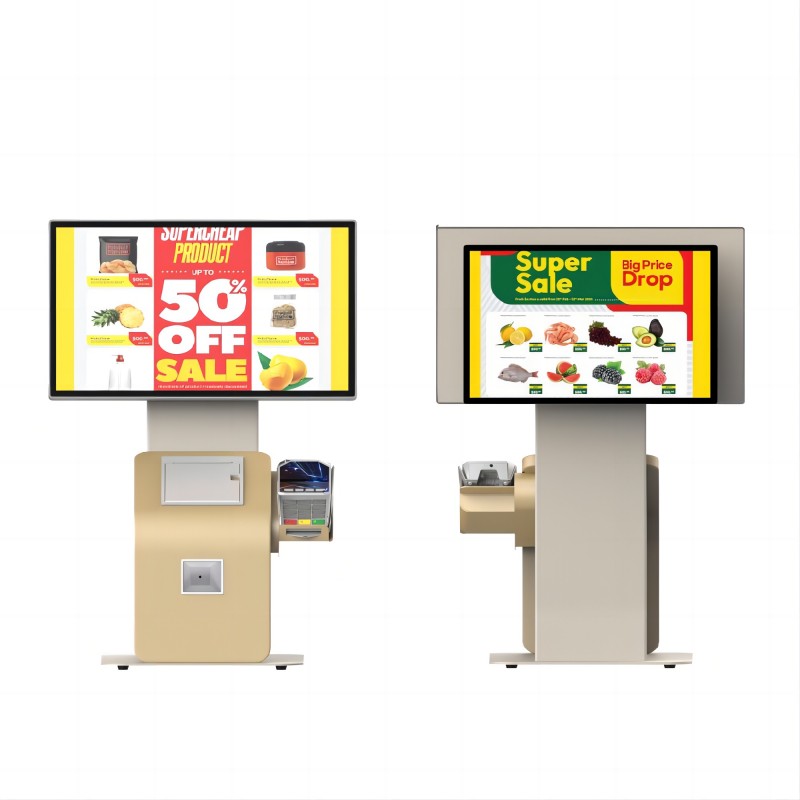
The cost of a POS cash register system varies depending on factors like hardware, software, customization options, and support services. Basic systems may start at a few hundred dollars, while more advanced setups with features like integrated payment processing, inventory management, and multi-store support can range from $1,000 to $5,000 or more. Despite the upfront investment, the return on investment (ROI) is significant. A POS system improves transaction accuracy, reduces human error, and speeds up checkout times, leading to higher customer satisfaction and repeat business. Additionally, features like real-time sales tracking, inventory management, and detailed reporting help businesses optimize operations, reduce waste, and make informed decisions, ultimately increasing profitability. The ability to integrate with other business systems further enhances efficiency, providing a comprehensive solution that delivers long-term financial benefits.
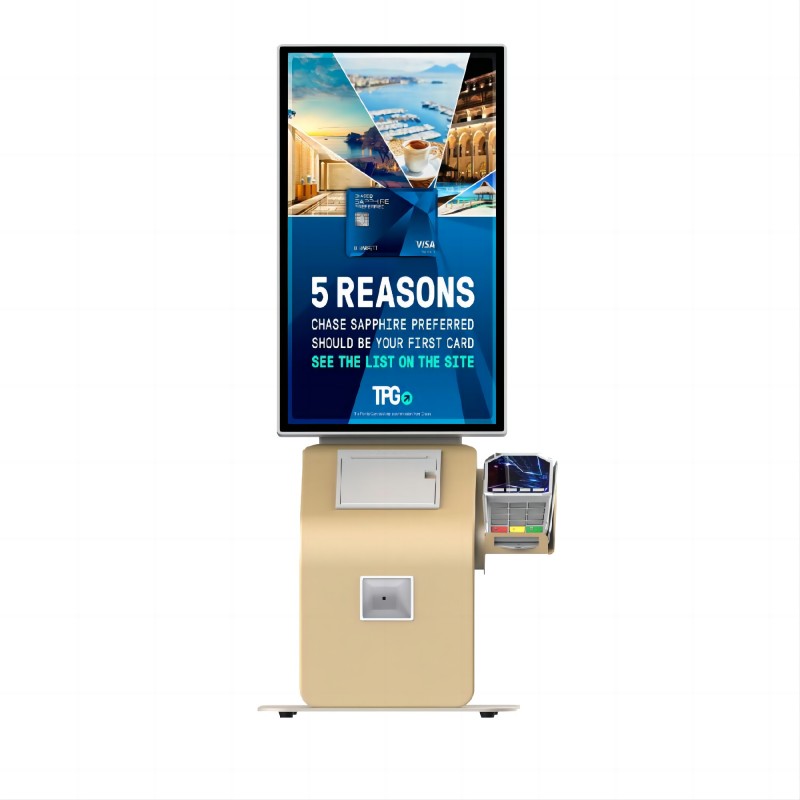
| POS Cash Register Type | Typical Sizes (Screen/Dimensions) | Price Range | Purchase Considerations |
|---|---|---|---|
| All-in-One POS System | 15-22 inch touchscreen, compact base | $800 - $2,500+ | Space Efficiency: Combines multiple functions (screen, printer, card reader) in one unit, saving counter space. Ease of Use: User-friendly interface, suitable for various industries. Scalability: Check if it supports software and hardware upgrades for future needs. |
| Tablet POS System | 9-13 inch tablet | $300 - $1,500 | Portability: Ideal for mobile businesses or flexible setups (e.g., food trucks, pop-up stores). Cost-Effective: Lower upfront costs, but ensure the software meets your business needs. Battery Life: Consider battery longevity for uninterrupted service during busy hours. |
| Countertop POS System | 15-20 inch touchscreen, standard base | $500 - $2,000+ | Durability: Designed for heavy daily use; ensure the build quality is robust. Peripheral Integration: Easily connects with additional hardware like scales, printers, or kitchen displays. Customization: Look for systems that allow software customization to fit your operations. |
| Self-Service POS Kiosk | 24-32 inch touchscreen, floor-standing | $2,000 - $6,000+ | Customer Autonomy: Enhances customer experience by allowing self-checkout. Space Requirements: Consider the space needed for installation. Security: Ensure secure payment processing and physical security features to prevent tampering or unauthorized access. |
| Mobile POS System | Handheld device, 5-7 inch screen | $200 - $1,000 | Mobility: Perfect for on-the-go transactions (e.g., delivery services, on-site sales). Network Dependability: Requires reliable wireless connectivity; consider 4G/5G options. Battery Life: Ensure the device has sufficient battery life for continuous operation. |
| Hybrid POS System | 15-19 inch touchscreen, integrated features | $1,000 - $3,000+ | Versatility: Combines features of fixed and mobile systems, offering flexibility in different environments. Integration: Check compatibility with existing software and hardware. Long-Term Value: Higher initial cost but offers comprehensive functionality for growing businesses. |
| Cloud-Based POS System | Varies, usually 15-22 inch touchscreen | $500 - $2,500+ | Remote Access: Manage the system from anywhere with internet access. Subscription Costs: Consider ongoing fees for cloud service, which may increase total cost. Data Security: Ensure the provider offers strong data protection and backup solutions. |
Business Size and Type: Choose a POS system that aligns with your business scale (small business vs. large enterprise) and industry (retail, hospitality, service).
Budget: Consider both upfront costs and long-term expenses, including software subscriptions, maintenance, and potential upgrades.
Customization Needs: Evaluate how much customization is required for your business processes, such as software interface, payment methods, and hardware integration.
Future Scalability: Ensure the POS system can grow with your business, accommodating additional registers, locations, or advanced features as needed.
User Experience: Consider the ease of use for both staff and customers. A complex system may require more training, while a user-friendly interface can enhance efficiency.
Support and Maintenance: Assess the availability of customer support, software updates, and hardware maintenance services from the vendor.
Security and Compliance: Ensure the POS system meets industry security standards (e.g., PCI compliance) to protect customer payment data and business information.
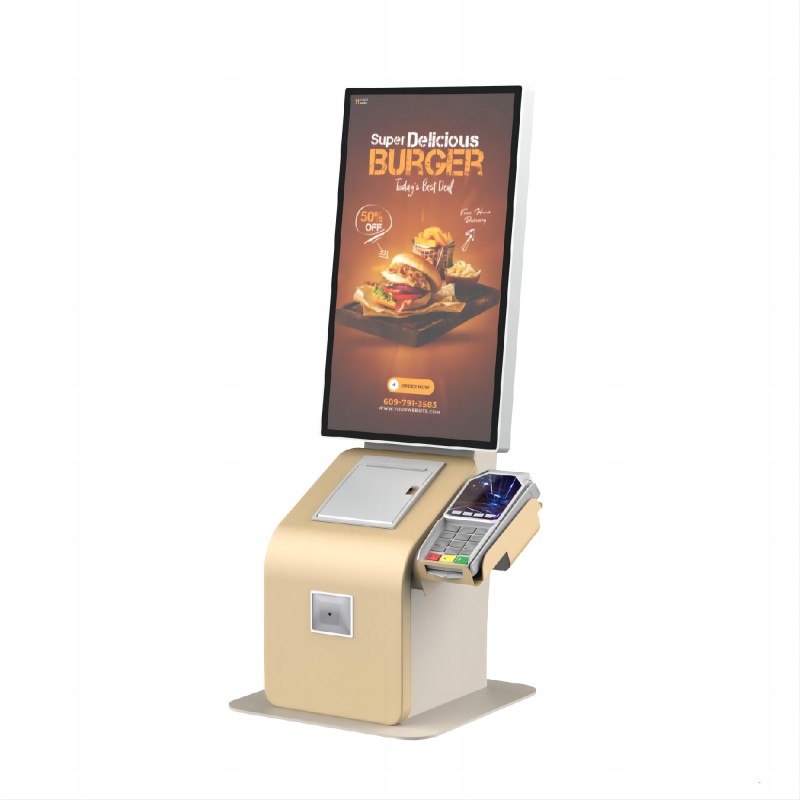
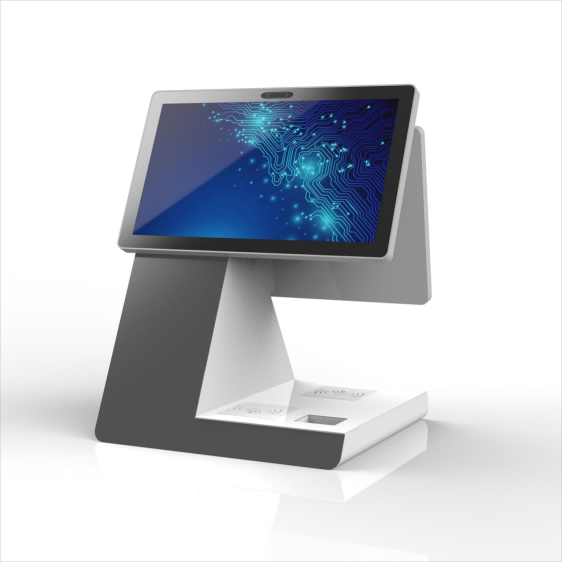

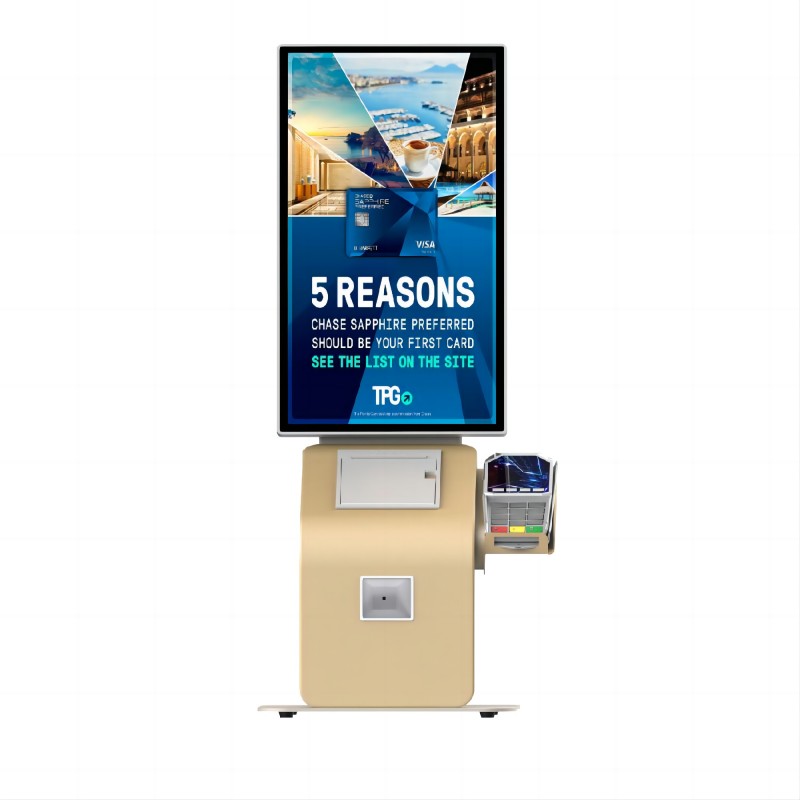
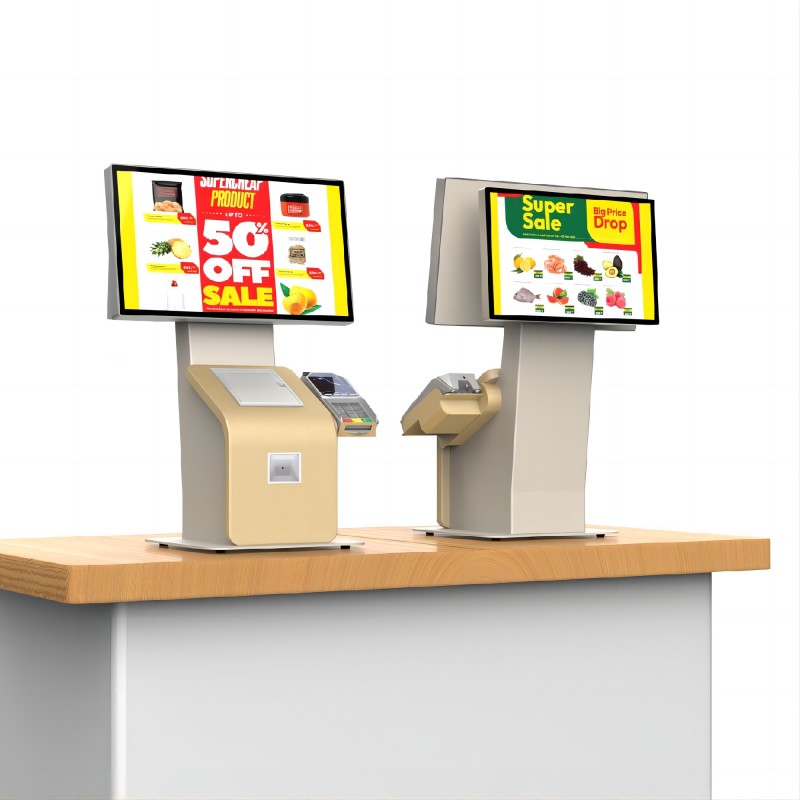
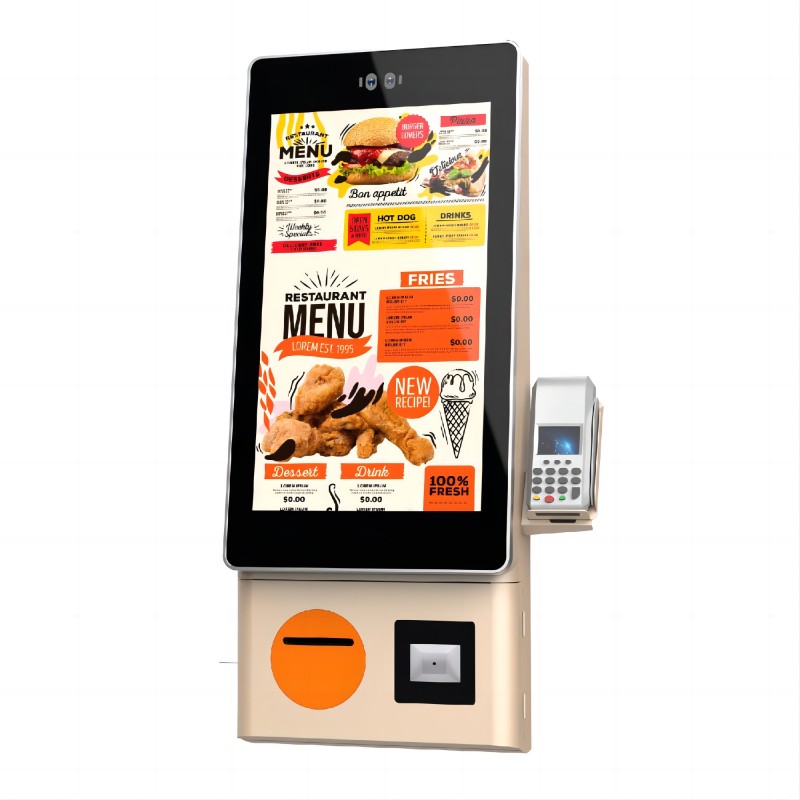
What did our happy clients say?
The POS cash register has greatly streamlined our checkout process. Its user-friendly interface and reliable performance have improved our efficiency. Thanks to [Supplier Name] for their excellent support!
We’re thrilled with our new POS register! It’s fast, accurate, and fits perfectly in our store. A big thank you to [Supplier Name] for their exceptional service and customization options.
Our sales have become more efficient thanks to this POS system. The integration with our inventory has been seamless. Kudos to [Supplier Name] for their outstanding product and support.
The POS cash register is a game-changer for us. It’s easy to use and very reliable. We appreciate Lean kiosk system for their prompt delivery and excellent customer service. Highly recommended!